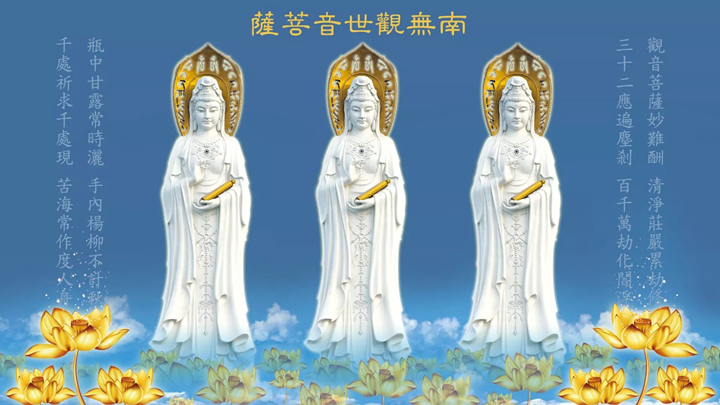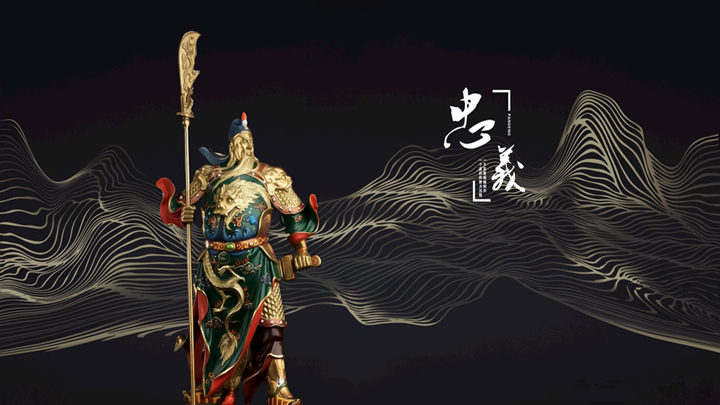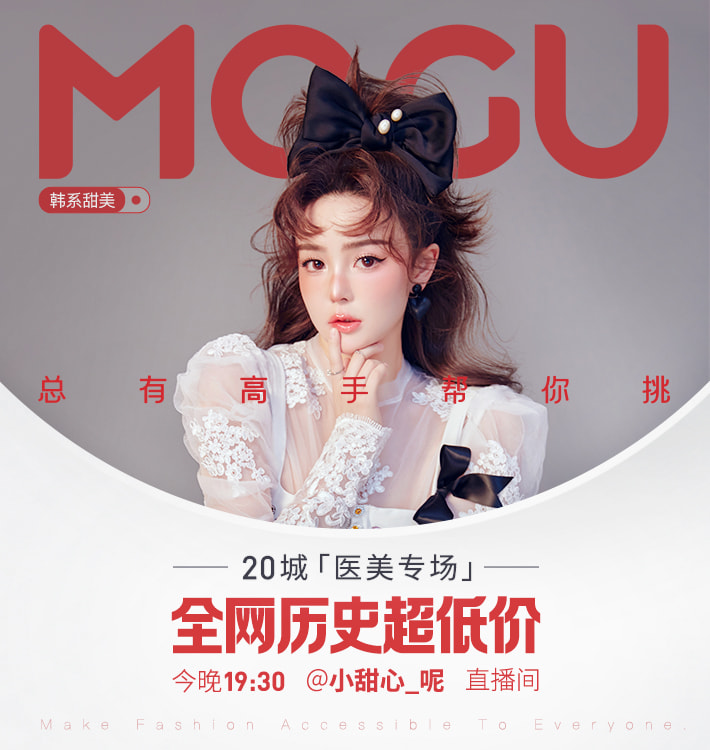✨New Arrivals✨
The Five Fu Painting
The Five Fu-s of the Qing Dynasty refer to the character 'Fu' (blessing) written by the five Qing emperors: Kangxi, Yongzheng, Qianlong, Jiaqing, and Daoguang. These 'Fu' characters were made into the 'Five Fu Paintings', symbolizing the blessings and good fortune shining upon the people.
The Five Fu Painting
- 1、Tayin is the technique of using paper or cloth to make impressions of the characters and images on stone tablets or artifacts. It is an ancient traditional craft in China and is recognized as an intangible cultural heritage, with a history of over 2,000 years. It serves as an important medium for recording the culture of the Chinese nation. Not only does it have a wide dissemination effect, but it also holds significant collectible value."
- 2. All of our paintings are framed in solid wood, with a mortise and tenon structure, making them sturdy and durable.
- 3. Our paintings come in two colors, red and blue.Red is a color with strong energy that can uplift the spirit and energize life and vitality. It corresponds to the root chakra, which is the foundation of all chakras, symbolizing the capacity for survival and the display of fighting spirit. Red can stimulate blood circulation, enhance ambition and willpower, and help individuals navigate a challenging day. It also represents courage, determination, and revolution, and is one of the three primary colors of light. Blue is a color with multifaceted energy, embodying calmness, introspection, clarity, tranquility, and assurance. Blue helps elevate loyalty, sensitivity, a sense of responsibility, and inner wisdom, serving as the color of communication that assists individuals in recognizing the truth.
- 4."The Five Fu-s of the Qing Dynasty refer to the character 'Fu' (blessing) written by the five Qing emperors: Kangxi, Yongzheng, Qianlong, Jiaqing, and Daoguang. These 'Fu' characters were made into the 'Five Fu Paintings', symbolizing the blessings and good fortune shining upon the people.
One stop procurement saves time and effort
Support customization
Complete range
Source Factory
Improve after-sales service
The Four Gentlemen
Plum, Orchid, Bamboo, and Chrysanthemum are collectively known as the "Four Gentlemen"
The Four Gentlemen
Here is the English translation of the passage about the "Four Gentlemen" (四君子) in Chinese culture: Plum, Orchid, Bamboo, and Chrysanthemum are collectively known as the "Four Gentlemen", and they hold unique symbolic meanings in Chinese culture.
Plum: The plum blossom blooms in the harsh winter, undaunted by the cold, defying snow and frost. It symbolizes unwavering tenacity, unyielding spirit, and represents lofty, strong character. The small, delicate plum blossoms are either pure white like snow or vibrant red, with a refined, ethereal fragrance that conveys a sense of elegance and sophistication.
Orchid: The orchid has a graceful bearing, with a dainty, exquisite flower. It grows in tranquil valleys or by streams, symbolizing detachment from worldly matters, elegance, and purity. The orchid's subtle fragrance is praised as the "fragrance of the monarch", evoking a sense of serene profundity.
Bamboo: The upright, towering bamboo, evergreen throughout the seasons, symbolizes integrity, resilience, and humility. The hollow, segmented bamboo stalk represents an open, accommodating spirit and unwavering principle. Bamboo also exhibits remarkable vitality, thriving in all environments, imbuing a sense of positive, indomitable spirit.
Chrysanthemum: The chrysanthemum blooms in the autumn, with its diverse and colorful flowers. It symbolizes detachment from fame and fortune, and a tranquil, lofty spirit. The chrysanthemum withstands the autumn winds and frost, conveying a sense of tenacious resilience.
🔥 Flash Sale 🔥
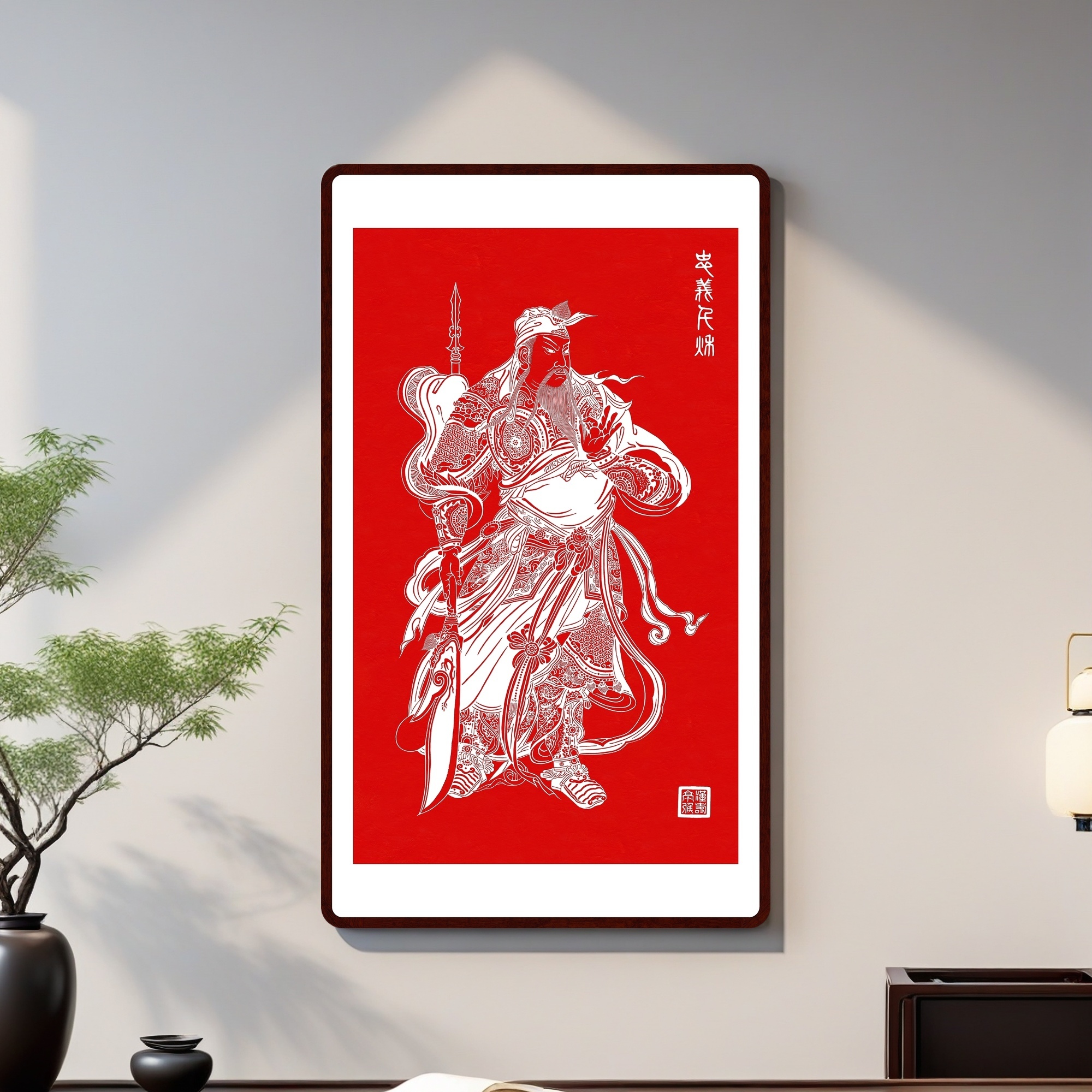
Guan Gong"
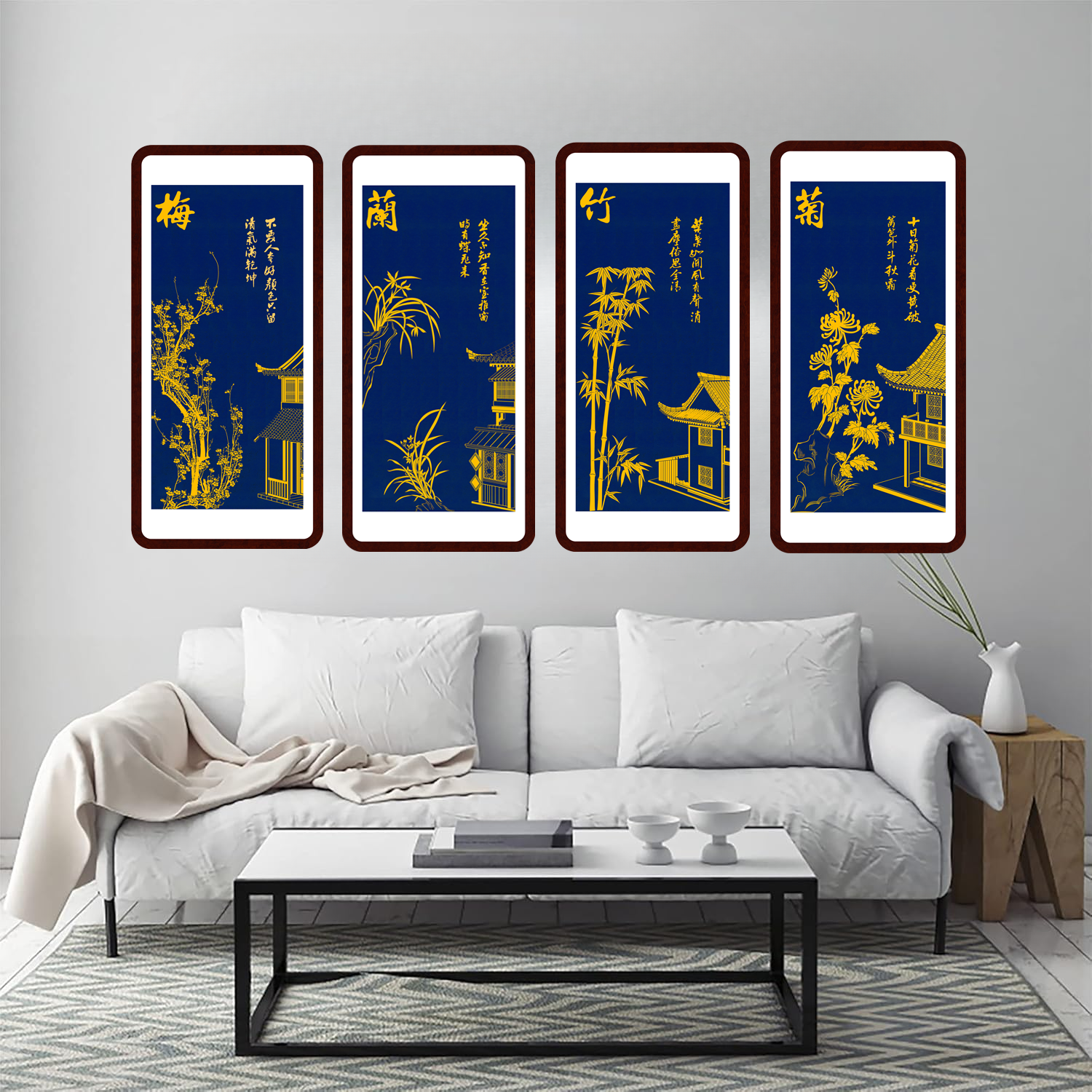
The Four Gentlemen"
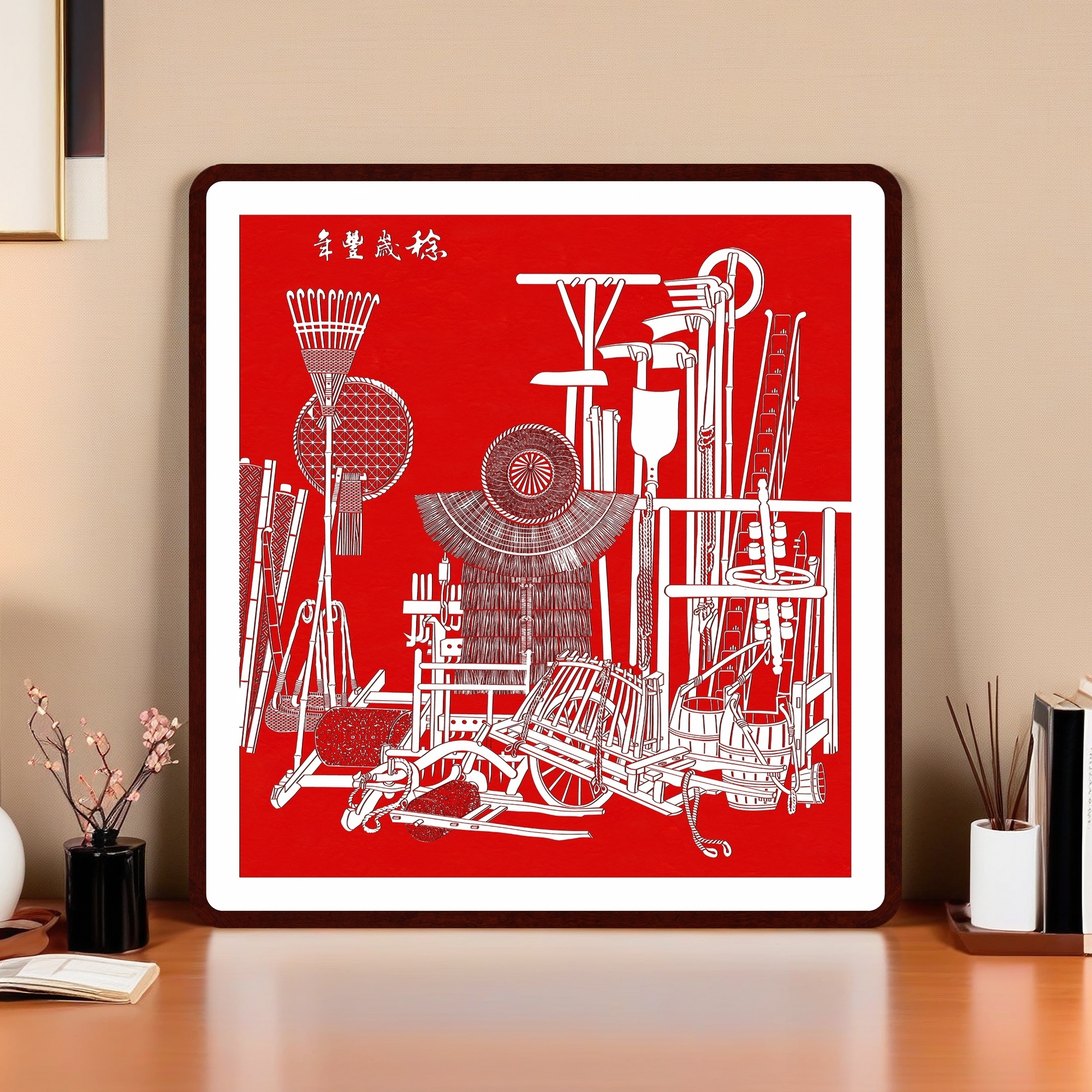
Abundant harvest Tayin Energy Painting 30 X 26.7 inch (76X68cm)"
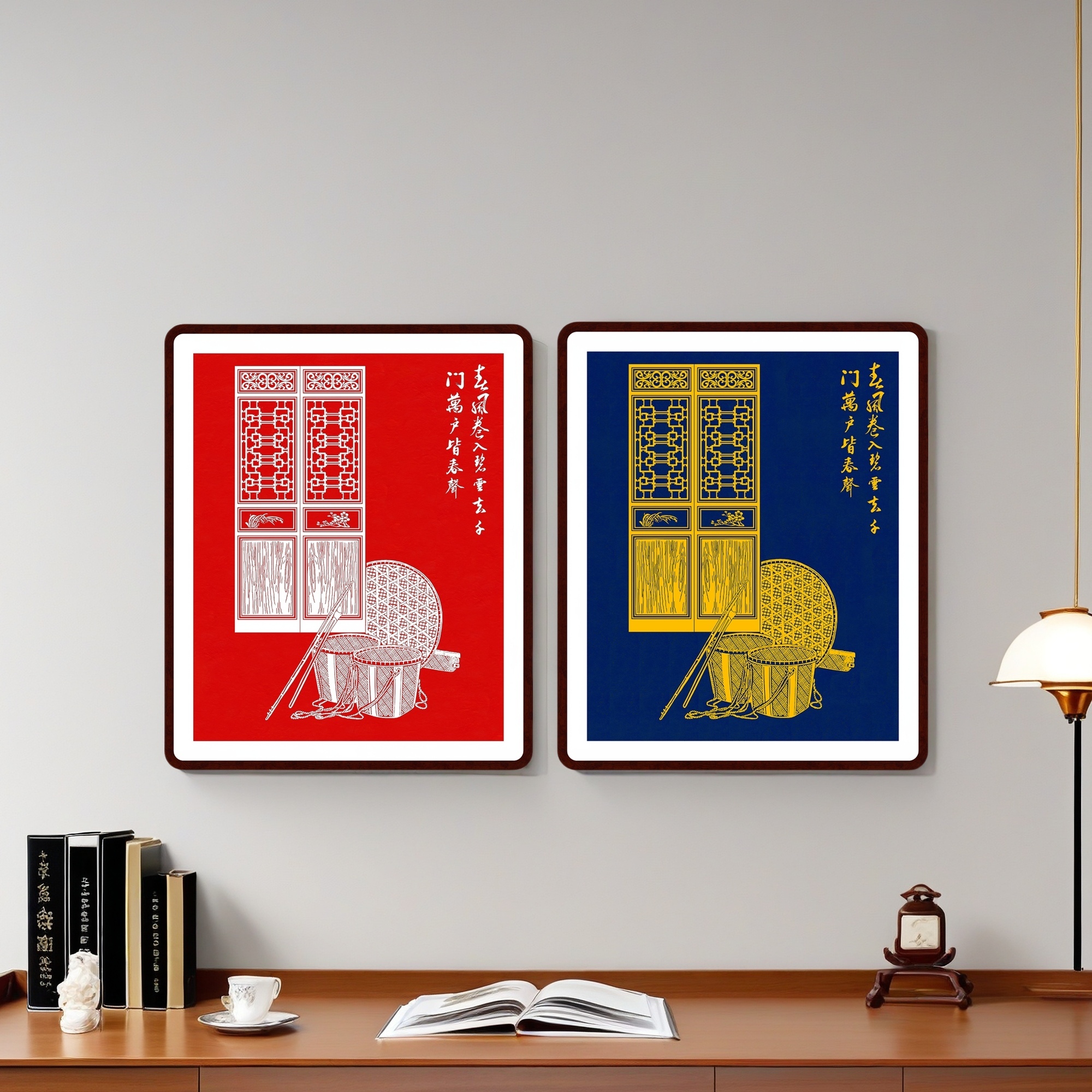
Agricultural village Tayin Energy Painting 30 X 26.7 inch (76X68cm)"
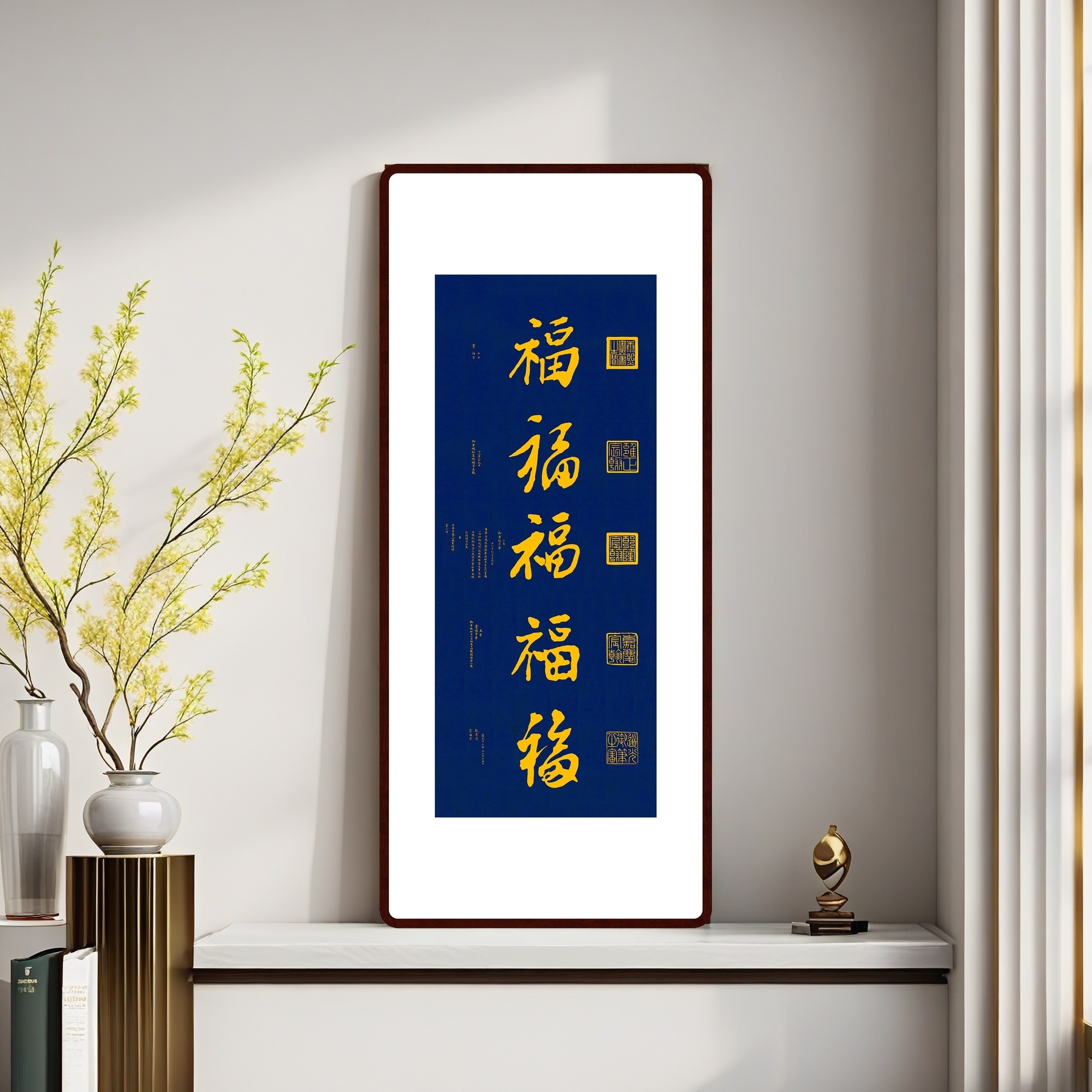
Five Blessing Tayin Energy Painting Chinese 43.7X19.3 inch (111X49cm)"
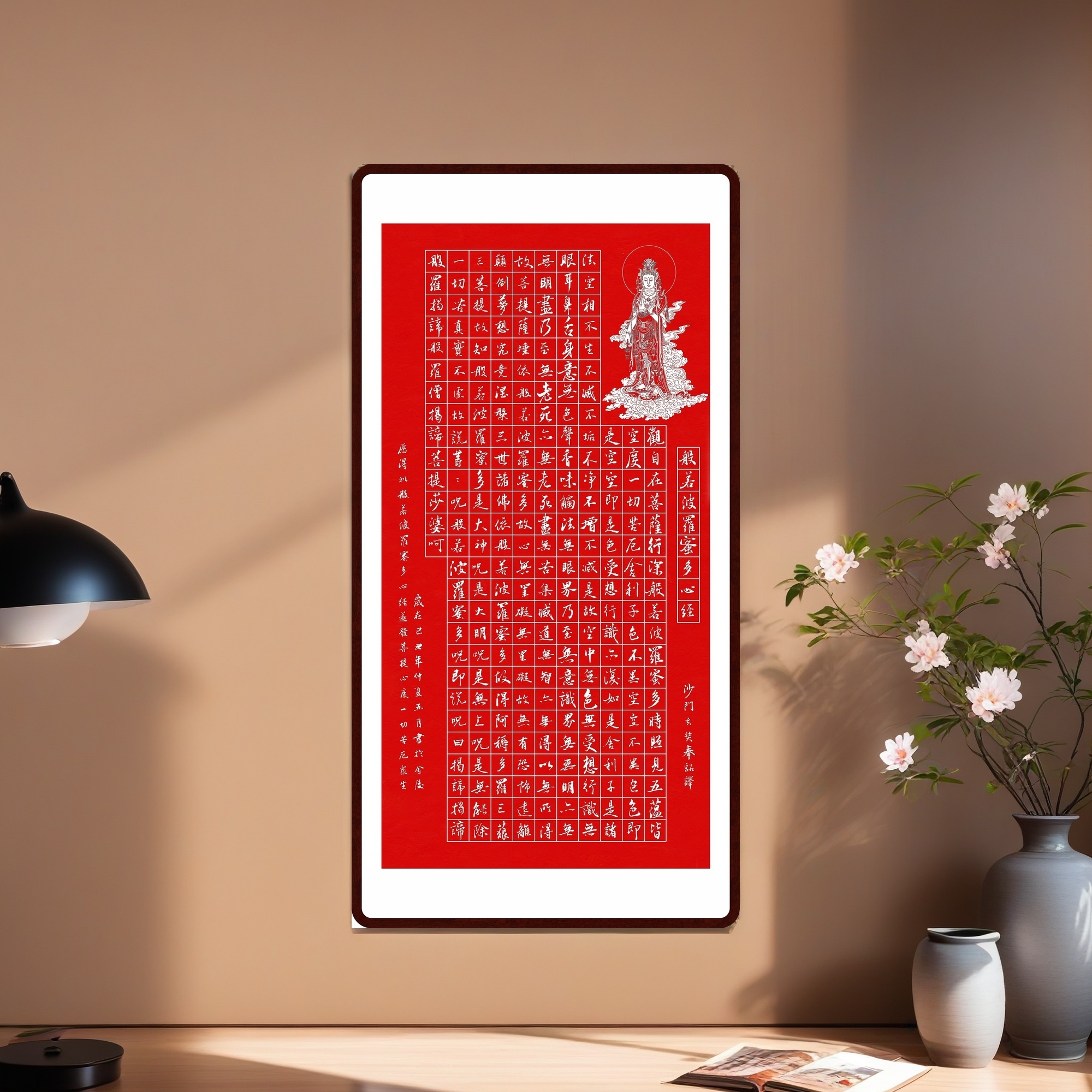
The Heart Sutra Tayin Energy Painting size45.28X24.8 inch (115X63cm)"
Latest Blog Posts
The Heart Sutra: Unveiling the Essence of Buddhism
The Heart Sutra, or Prajñāpāramitā Hṛdaya Sūtra, is a cornerstone of Mahayana Buddhism, revered for its profound wisdom and concise expression of the core teachings of the tradition. This blog post will explore the significance of the Heart Sutra, its key concepts, and how it serves as a guide for spiritual practitioners on their journey towards enlightenment. The Heart of Perfect Wisdom: The Heart Sutra is part of the larger Prajñāpāramitā sutras, which are a collection of discourses attributed to the Buddha that emphasize the perfection of wisdom as the path to liberation. The Heart Sutra is particularly special as it distills the essence of these teachings into a brief yet powerful text. It is believed that by reciting and contemplating the Heart Sutra, one can gain insight into the nature of reality and the path to awakening. Key Concepts:
The Benevolence and Wisdom of Guanyin: A Beacon of Compassion in Buddhism
In the rich tapestry of Buddhist deities, Guanyin stands out as a beacon of compassion, wisdom, and benevolence. Known as the Bodhisattva of Infinite Compassion, Guanyin's influence spans across Asia, with a presence felt in the hearts and minds of millions. This blog post aims to explore the multifaceted role of Guanyin, from the spiritual to the cultural, and how this divine figure continues to inspire and guide.
The Enduring Legacy of Guan Yu: Loyalty, Honor, and Martial Prowess
In the annals of Chinese history, few figures have captured the imagination and reverence of the people as Guan Yu, a prominent general who served under the warlord Liu Bei during the late Eastern Han Dynasty. This blog post delves into the life and legacy of Guan Yu, exploring his role in the Three Kingdoms period and his transformation into a cultural icon representing loyalty, righteousness, and martial excellence.








